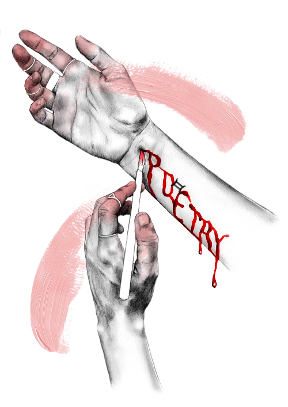Art Blog #72
- Paul Connor

- Jul 11
- 2 min read
Paintbrushes - A quick history.

Some information about the history of paintbrushes
Paintbrushes were used by humans as early as the Palaeolithic era, around 2.5 million years ago, to apply pigment.
Early brushes were made from sticks, bone fragments, or leaves.
The development of the ferrule during the Industrial Age allowed for attaching hair to sticks, creating the brushes we know today.
Ancient civilizations such as Egypt, China, and Mesopotamia used brushes made from animal hair, plant fibers, or bird feathers for artistic and decorative purposes.
The earliest ink brush for calligraphy was developed in China around 300 B.C.

The paintbrush as we know it, just like painting itself, has a muddled history. We know paintbrushes were originally made with animal hair.
The best still are. Sable brushes, for example, are some of the best brushes for watercolours, but the larger ones can only be made after particularly harsh winters in Siberia and Mongolia, when a sable’s tail becomes particularly bushy. Other animal hair was frequently used, each hair hand-glued to the handle up until the 18th century. Back then, brush makers were highly regulated, unionized, and well regarded, with training taking up to 8 years. Some brushes are still made this way, but machines have largely taken over their manufacture. The materials too have come to incorporate artificial materials like rayon and nylon.
The Ancient Egyptians used reeds with crushed ends, their own hieroglyphics depict people painting quite frequently. By the 15th century though, quills were the favoured style of brush using soft hairs or bristles. These brushes could only be round and for centuries they dominated the painting world. But a fun fact: the reason the end of a brush is called the bristle is because they used to be made exclusively from the bristle of hogs, pigs, and boars, all noted for their particularly rough hair.



Comments